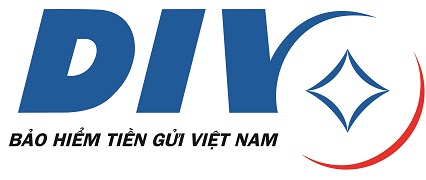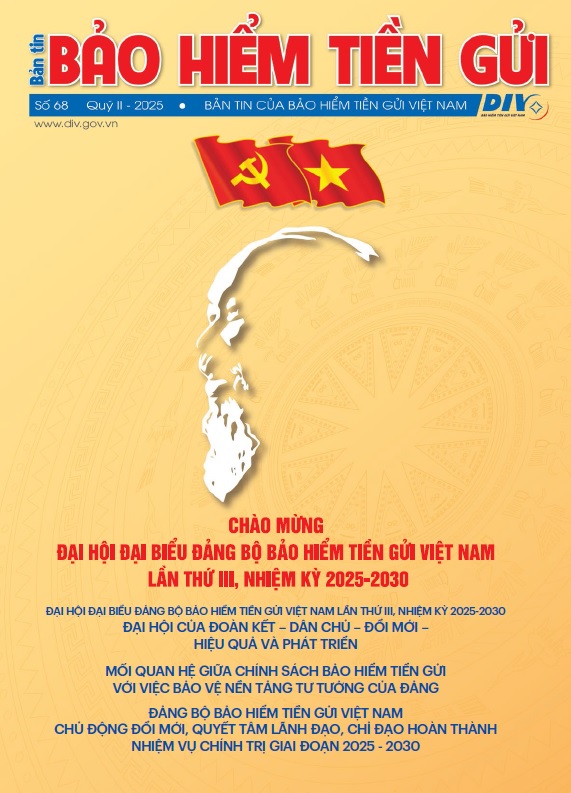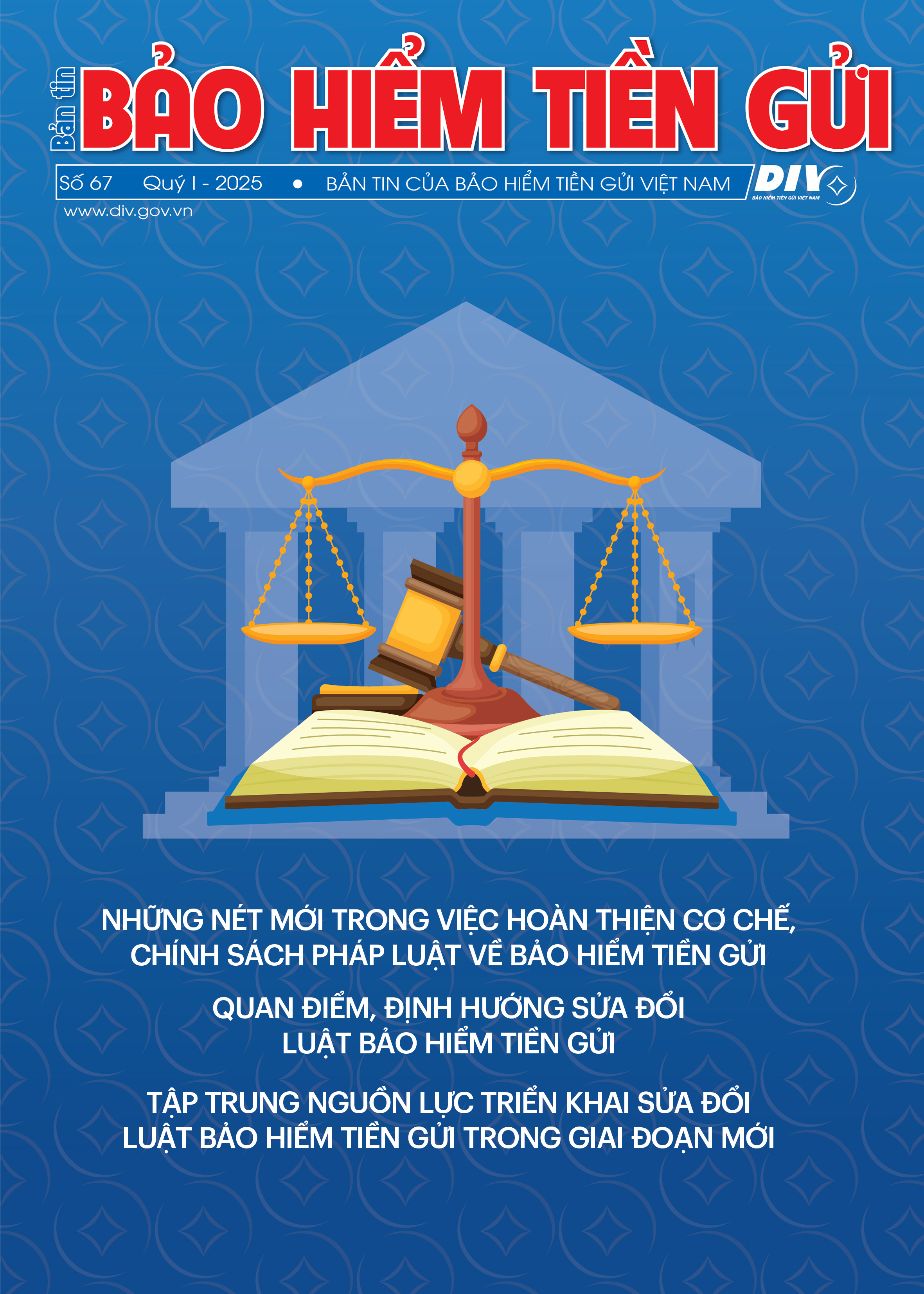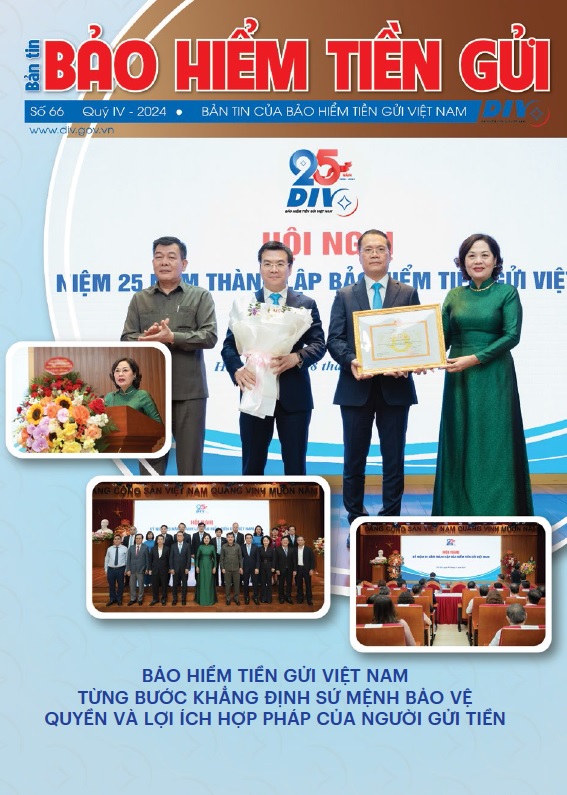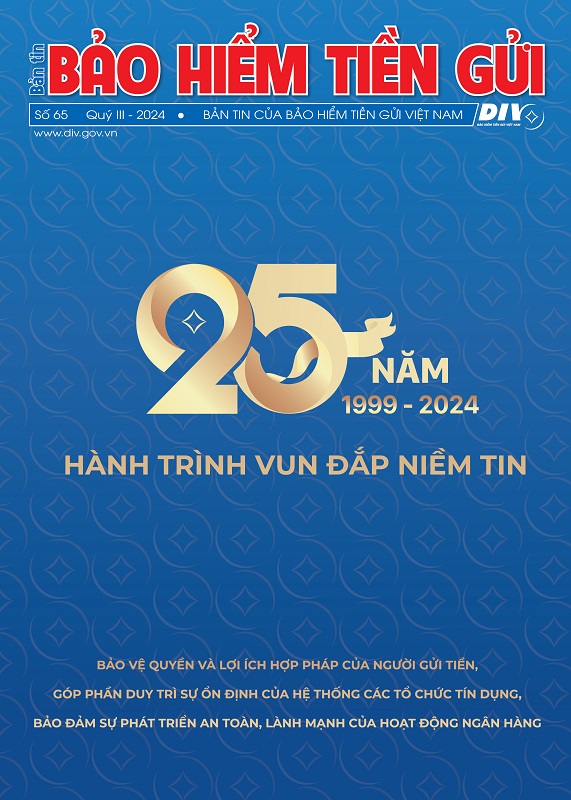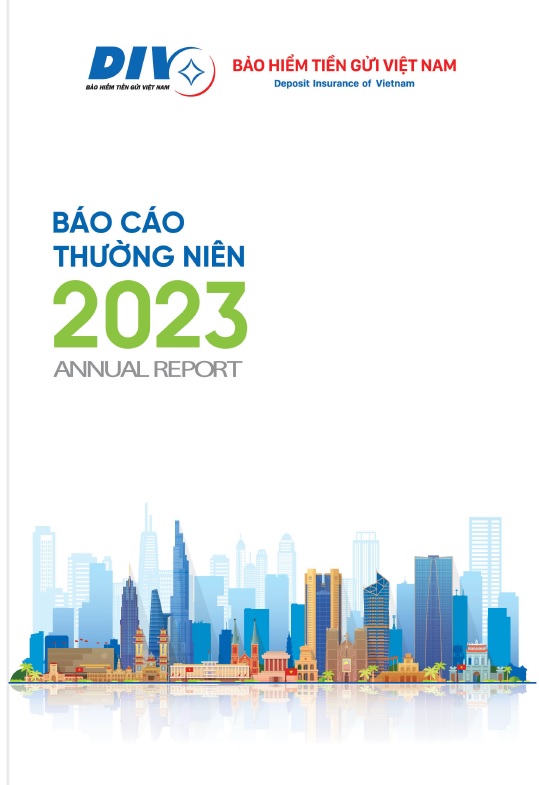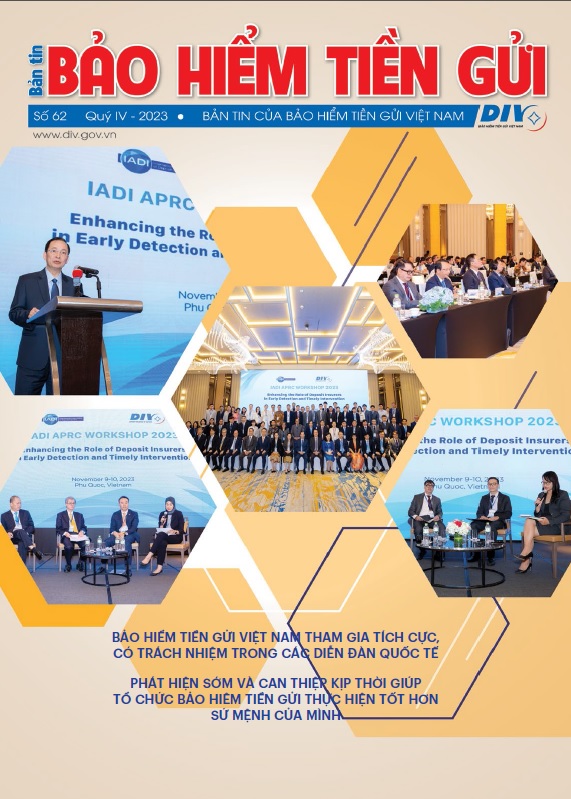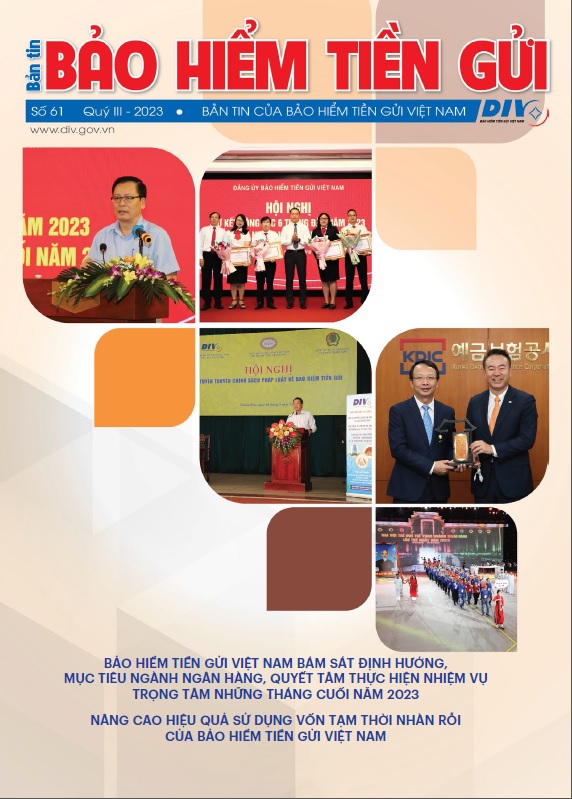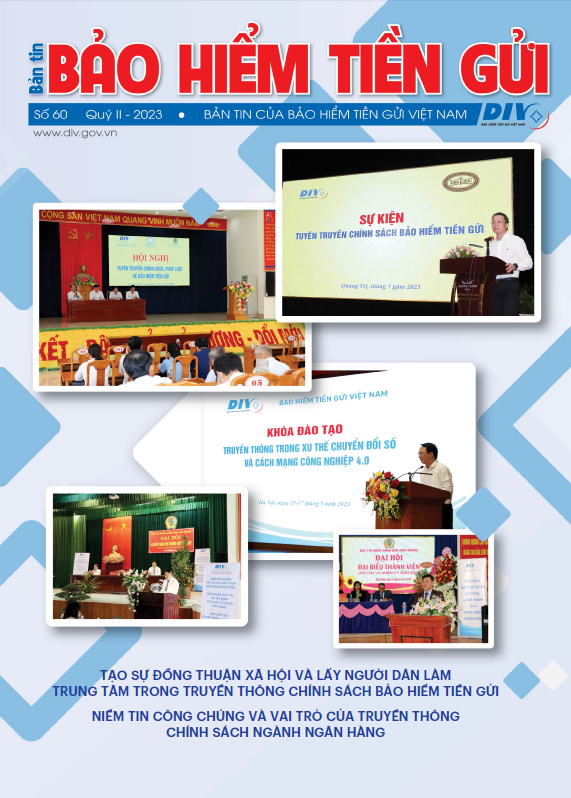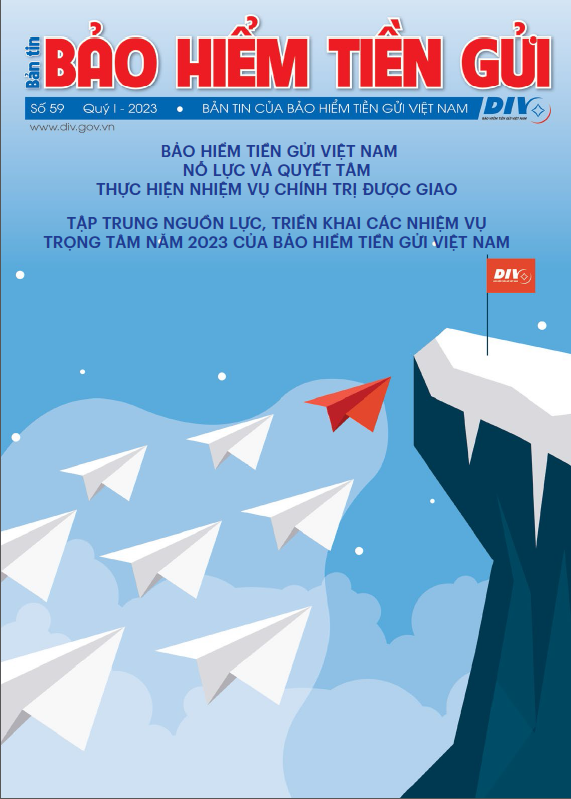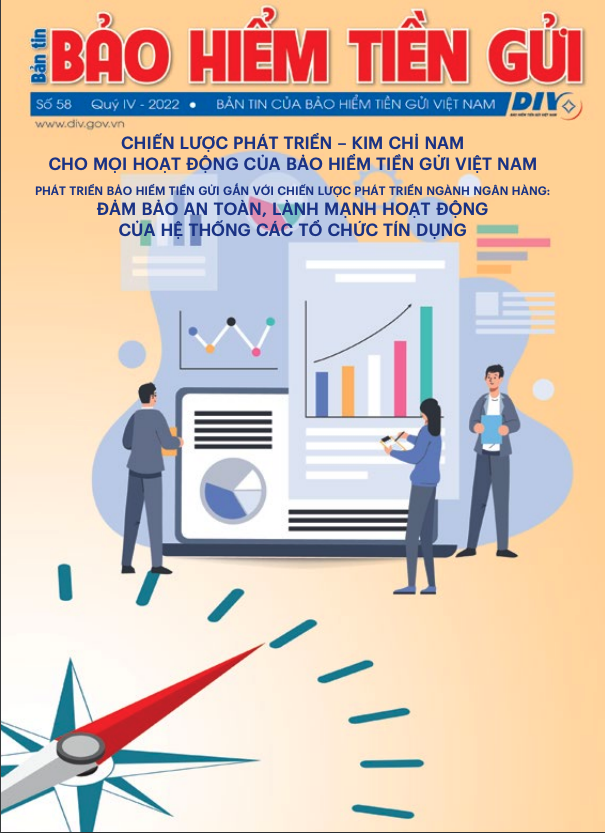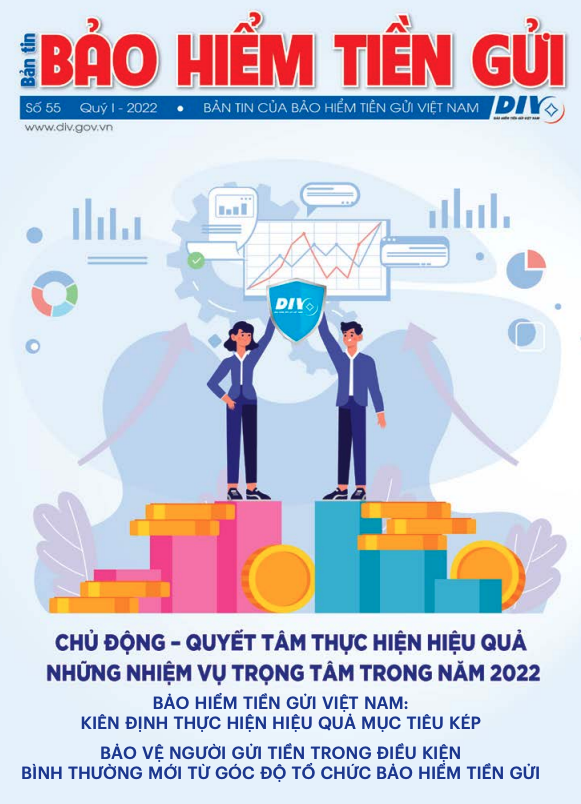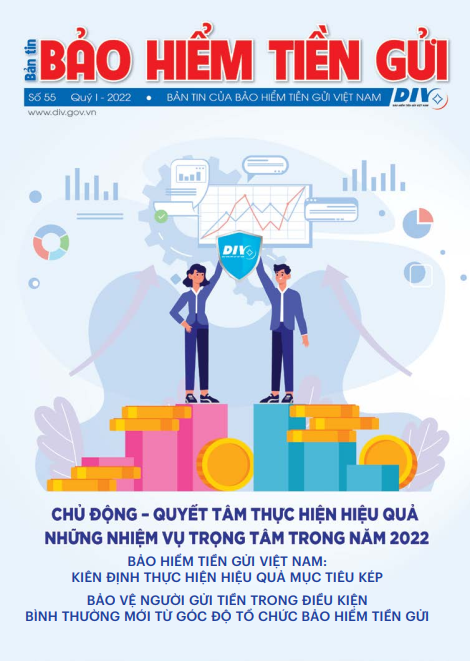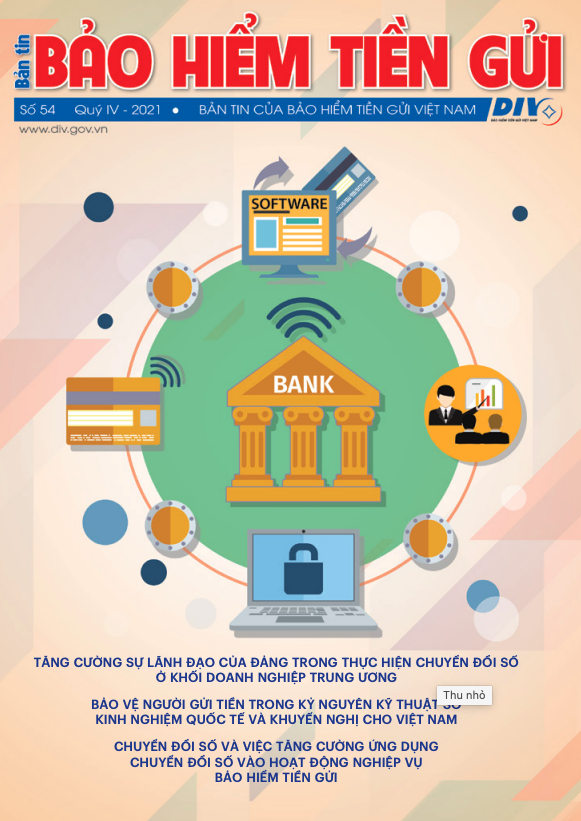Mr Nguyen Manh Dzung deputy general director of Deposit Insurance of Vietnam (DIV) used the above example to illustrate domestic banking problems. He is also co-author of the Receipt and Settlement project. In which, Mr Dzung wrote: The banking sector is extremely sensitive. The distance separating success and failure is no more than the size of a hand. Any bank, regardless of its scale, can collapse at any time.
Restructuring credit institutions to defend against collapse is the central goal of the Receipt and Processing project put together by DIV. The project authors have taken the relevant experiences of eight countries with well established and comprehensive deposit insurance organizations, notably, the United States and South Korea. The project objectives are to best protect customers rights to ensure a safe and healthy national banking sector; to construct a systematic mechanism for receipt and processing and establish a coordination system so that the project can be carried out both publically and transparently, utilizing as little of the State budget as possible.
According to DIV research, there are six cases which lead to the receipt and settlement of a credit institution that has deposit insurance. They include: i. A company has met a sudden difficulty and temporarily become solvent. This is the situation most often seen; ii. A company has become insolvent and is on the brink of bankruptcy, but has produced a feasible plan to recover and received approval from relevant authorities; iii. A company has become insolvent and can no longer maintain itself and a healthy financial company has agreed to buy it; iv. Several companies with small capital mutually agree to combine themselves into a bigger entity with more adequate competitive capabilities; v. A company with small capital is merged with another company upon the decision of relevant authorities; vi.Systematic crisis with the withdrawal of money on a large scale; collapse of an enormous giant or the chain collapse of a number of entities.
DIV project proposes several solutions to each of these six cases, including: providing loans to stabilize businesses buy back debt or buy shares of the credit institution under trouble. An appropriate solution should be proposed which helps the company restructure its organization at the lowest possible cost in the quickest way possible and the highest likelihood of collecting on its assets at the highest possible prices. Mr Dzung emphasized the effectiveness and time saving factors. Two major tools to be applied by DIV during a receipt and settlement transaction are an Assets Management Company (AMC) and a Bridge Bank (BB). BB appears when the company under trouble has not been purhcased by an existing financial institution. If this happens, an intermediary entity, namely BB, is created. BB is responsible for taking over all the debt responsibilities and assets of the company. Performance duration of BB is 2 to 3 years. After the credit institution recovers its financial status, it will be sold to a healthy organization.
An AMC is responsible for buying back the bad debts of the failing credit institution, upgrading or keeping them in the same condition, and then selling them at the highest possible prices to support the institution. According to Mr Nguyen Manh Dzung, AMC role is much different from that of a Debts and Assets Trading Company (DATC). A DATC is managed by the Ministry of Finance and an AMC is not a State-owned entity. As such, as little of the State budget as possible is invested in an AMC. An AMCs performance should be based on the market mechanism.Master Bui Khac Son, DIV general director, said that through an AMC, DIV will perform its receipt and settlement transaction in the most effective way possible, which helps support the company in trouble in a transparent way. For example, AMC will hold market-based auctions of bad debts. The Laws on deposit insurance of the United States and South Korea clearly define that: A Deposit Insurance authority is the State authorized entity given full rights to sell the bad debts of a company in trouble without waiting for a court final decision. As a result, bad debts can be quickly sold and their salvage value is higher than if the selling entity was forced to wait.
According to Mr Dzung, a company that has become insolvent should not be allowed to have a negative impact on healthy organizations. He said that once a business that had been struggling receives financial support and is able to resume normal operations, it should take every necessary step to avoid another collapse.
Once DIV project is approved, all types of risks will be anticipated and proper solutions will be defined. This will result in stonger consumer confidence in the banking and credit sector. More importantly, Vietnam will have its solution to transparently and effectively solving these problems.
Risk calculation
A number of banks have recently raised a similar question We are performing well. Why is our deposit insurance premium equal to that of banks which have performed less effectively? Currently, The Risk-based deposit insurance premium project has been put on the fasttrack by DIV for submitting to the Prime Minister for approval. The project has been closely watched by credit institutions hoping that it will create a fair playing field which will help generate equitable competition. Mr Bui Khac Son also expressed his hope that commensurate with the development of Vietnam financial market and changes in deposit insurance premium policies, after 2015, DIV will be able to pay back part of its State-invested capital.
Currently, in Vietnam, a rate of 0.15 percent of a total deposit amount is applicable to all entities who have bought deposit insurance. Resultantly, insurance fees can be easily calculated and checked. However, according to the International Deposit Insurance Association, the application of such a policy is not fair and does not encourage credit institutions to minimize their risk. Even worse, this policy may motivate some to engage in non-ethical behavior to earn money from the State. Therefore, this uniform premium rate is only suitable during this initial stage. Most solidified economies now apply market-based insurance premiums.
Risk-based insurance premiums should be set based on the credit ranking of a financial institution. The greater the risk, the higher the premium. DIV directors affirmed that the application of risk-based insurance premiums will play a key role in forcing credit institutions to minimize their risk.
Risk-based insurance premiums will be applied to commercial banks, people credit institutions and non-banking credit institutions. Mr Nguyen Dinh Luu, DIV deputy general director, said that insurance premiums will depend on the type of credit institution. For example, the calculation of a safety index applied by a commercial bank may differ from that of a people credit institution. However, if the final figures of the two entities equal one another, their premiums will also be the same.
In the calculation of several indexes, as mentioned in Table 1, DIV combines quantitative factors that reflect both past and present outcomes (maximum of 60 points) and qualitative factors which reflect impacts in the future (maximum of 40 points). This method is utilized throughout the world. Quantitative indexes are set based upon the regulations of the State Bank of Vietnam following requirements of Basel1, Basel2 as well as recommendation by the Basel Committee for the safety indexes of normal operations of a bank. The level of sufficient capital is the most important index with the highest level of 30 points. This index is also been considered by many countries, including Vietnam, as the most important factor in the ranking of credit institutions.
Qualitative indexes consist of factors determined by an oversight organization (the central bank, a supervisory committee or another governing entity). Furthermore, other information on the ranking of credit institutions by DIV through the remote supervision system should also be included in final decisions based on these indexes.
In a recent discussion with Vietnam Financial Review correspondent during a public opinion forum about DIV project, Mr Nguyen Dinh Luu said that DIV will consider opinions of relevant ministries, industries and experts in the removal of unnecessary indexes. This will help focus on the evaluation of the primary and most important characteristics of credit institutions. The level and ratio of premiums mentioned in Table 2 creates greater transparency. Premium levels will act as a motivator for credit institutions performance. In addition, objectives of the fund will be accomplished, including moving beyond State subsidization. International practice shows that the at least 1.25 to 1.5 percent of the total deposit amount is a reasonable rate. Currently, in Vietnam, this rate has been less than 1 percent and approved by the National Assembly. According to Mrs Duong Thu Huong, president of the Banking Association, the DIV proposal has pointed out major outstanding issues that need to be settled. This reveals that DIV management board has long studied international practice and changed facets to better fit Vietnam market and economic situation.
In order to implement risk-based insurance premiums, according to Mr Luu, quality of input information plays a key role. Therefore, credit rankings by a relevant authority must be calculated in the most subjective and transparent way. Credit institutions themselves must be prepared and adjust their data to truly reflect reality. A pilot insurance premium mechanism is expected to be run in 2008-2009 and officially be operational in 2010.
In more developed countries like the United States, Canada and South Korea it took several decades to apply the advanced deposit insurance premium system. As such, if in 2010, ten years after the establishment of DIV, the proposed system is successfully implemented, DIV will have taken a great leap forward.
Table 1: Indexes and maximum range
Table 2: Classification and ratio of premium
|
Basic premium ratio |
Groups of risk |
|||
|
I (> 80 points) |
II (> 65 and < 80 points) |
III (> 50 and < 65 points) |
IV (< 50 points) |
|
|
Premium ratio (%) |
0.1 |
0.2 |
0.4 |
0.6 |
|
Adjusted premium ratio |
Groups of risk |
|||
|
I (> 80 points) |
II (> 65 and < 80 points) |
III (> 50 and < 65 points) |
IV (< 50 points) |
|
|
Premium ratio (%) |
0.15 |
0.3 |
0.6 |
0.8 |
"Receipt and Settlement Transactions should require the involvement of a lot of organization. Its structure consists of the supervision committee, DIV and other relevant ministries such as the Ministry of Finance, the State Bank of Vietnam. In my opinion, the close cooperation and coordination between these four entities must be ensured. This model has been effectively utilized in South Korea. In addition, DIV should be entitled to give more power and finance. Recently, the DIV roles are limited to supervision and settlement activities. DIV should be entitled to issue Government bond to get money for giving support to banks. Otherwise, this project with a lot of ambitions is merely unable to be implemented with real results as expected.
Master Duong Thu Huong president of the Banking Association
(VN Financial Review, March, 2008)
